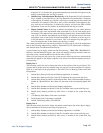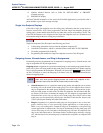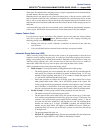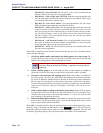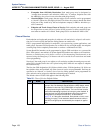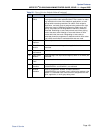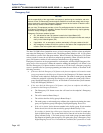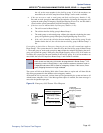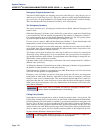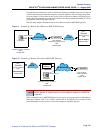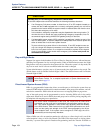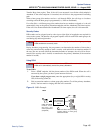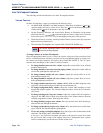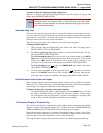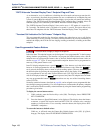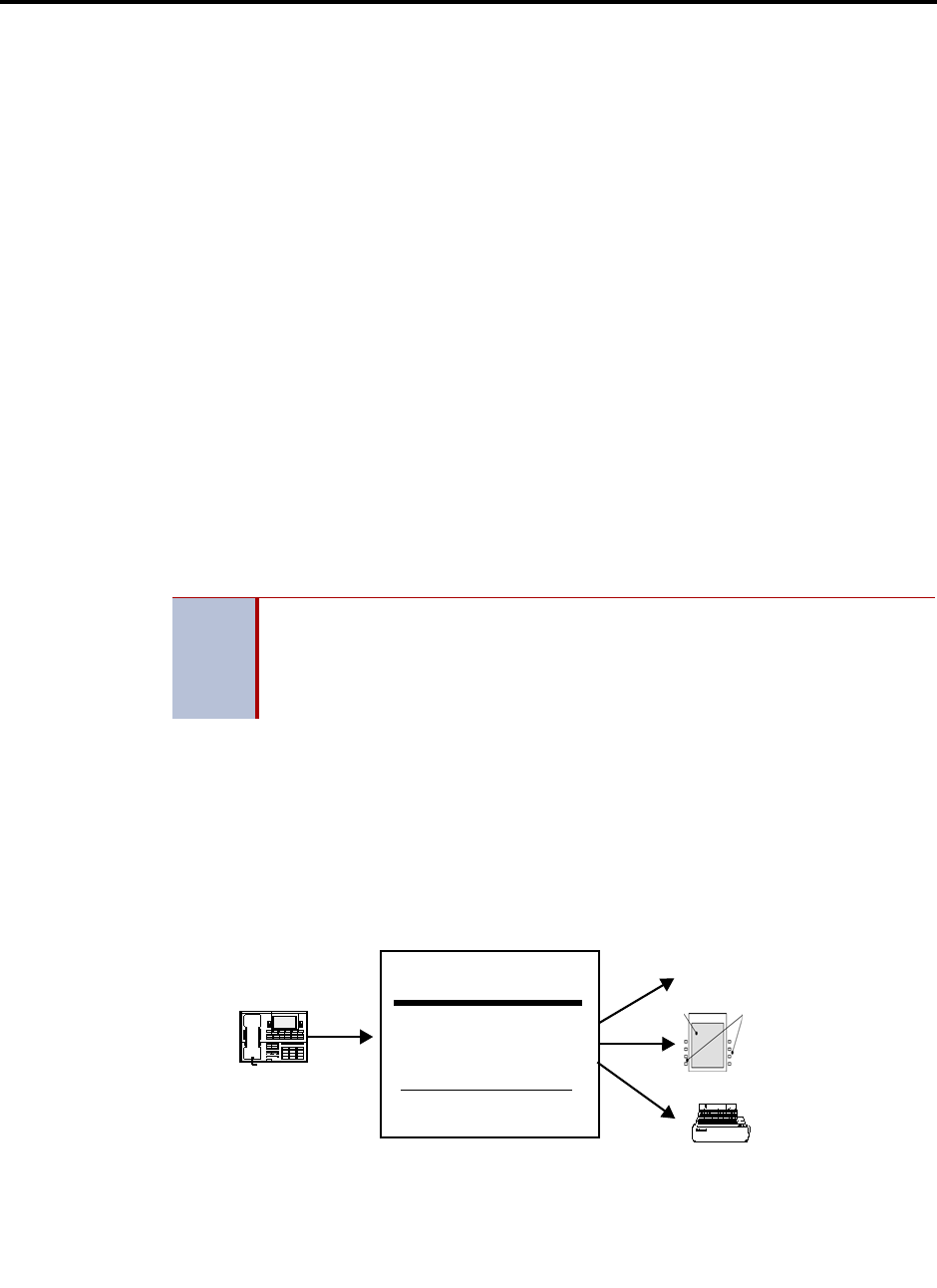
System Features
INTER-TEL
®
CS-5200/5400 ADMINISTRATOR GUIDE, ISSUE 1.1 – August 2005
Emergency Call Feature Flow Diagram
Page 161
the call on the next member in the facility group. If all of the members are
unavailable, the call will Camp On to Route Group 1 until a trunk is available.
• If the user accesses a trunk or trunk group and dials any Emergency Number (1–10),
the trunk or trunk group does not validate the endpoint originating the emergency call
against the trunk group’s Emergency Day/Night Outgoing Access List. An idle trunk is
seized, and the system automatically dials the emergency number.
• If the user accesses ARS and dials any Emergency Number (1–10):
a. The call is routed to Route Group 1.
b. The call tries the first facility group in Route Group 1.
c. The trunk group or node trunk group validates the endpoint originating the emer-
gency call against the group’s Emergency Day/Night Outgoing Access List.
d. If the call is denied, the call tries the next member in the facility group. If each
member denies the call, the call tries the next facility group in Route Group 1’s
list.
If everything is denied due to Emergency Outgoing Access, the call is routed once again to
Route Group 1. The system then tries to route the call to the first facility group in Route Group
1. The trunk group or node trunk group does not validate the endpoint originating the emer-
gency call against the group’s Emergency Day/Night Outgoing Access List. If no trunks are
available, the system tries the next member in the facility group. If all of the members are
unavailable, the call will Camp On to Route Group 1 until a trunk is available.
The system will allow the Dialing Wait After Connect timer to expire and will then dial the
digit string programmed in the database as the emergency number.
At the time the call is processed, a minor alarm will be generated by the system and sent to all
Administrator endpoints. Also, if the Message Print option is enabled, the alarm message is
sent to the designated output port.
Figure 10.
Emergency Call Feature Flow Diagram
NOTE
Inter-Tel recommends that only local trunks be installed and used for emergency
trunk access and that only local trunks be programmed in Route Group 1. Pro-
gramming a node in Route Group 1 may cause the system to access a trunk on
a separate node when ARS is used for emergency access. If this occurs, Emer-
gency Outgoing Access is no longer validated.
Emergency Extension =
Trunk Group 1 (92001)
Emergency Number =
Alarm #11
displays
Message Print printout,
if enabled
OR
Direct Trunk Access
Emergency Number
Endpoint user
dials the
Emergency
Inter-Tel 5000
Database Programming
911, 999, or as appropriate
Extension
to the programmed
Call placed



